
What MRI Has Taught Us About Interpreting Equine Foot X Rays
MRI has helped veterinarians recognize new pathologies within horses’ hooves as well as learn more about existing lesions.


MRI has helped veterinarians recognize new pathologies within horses’ hooves as well as learn more about existing lesions.
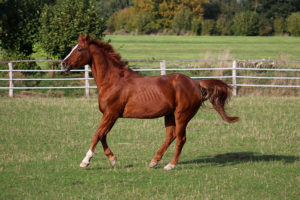
The key is adding weight carefully without triggering hyperinsulinemia and laminitis.

Exercise-induced pulmonary hemorrhage is a condition in which horses experience lung bleeding during exercise. Veterinarians and researchers continue to investigate the condition.

A high-quality and well-set-up ultrasound image can mean the difference between an accurate or missed diagnosis in equine practice.
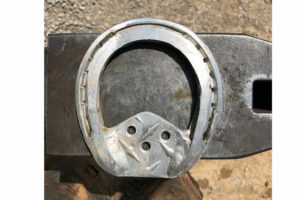
Dr. Scott Morrison describes the issues low heels can cause and the mechanical tools farriers and veterinarians can use to address them.
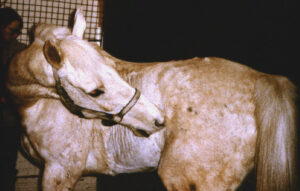
A researcher describes ectoparasites, infections, and hypersensitivity disorders that can cause pruritus in horses.

A recent study suggests composting might be a feasible and environmentally friendly way to manage carcasses of horses euthanized using sodium pentobarbital. Further investigation is needed, the researchers say.
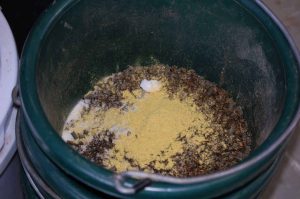
The trial might help answer questions about nutraceuticals’ effects on horse joint health.
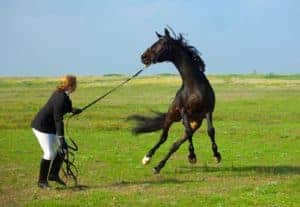
Traveling to horse shows (and clinics) can cause your horse stress and put him at risk for behavioral issues, gastric upset, and infectious disease.
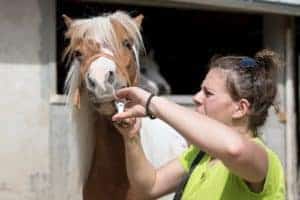
A study found omeprazole protected horses against phenylbutazone-induced equine glandular gastric disease but might exacerbate phenylbutazone-induced intestinal disease.

Researchers found a relationship between CBD treatment and horse reactivity. Results related to CBD’s effects on movement and stride were less conclusive.
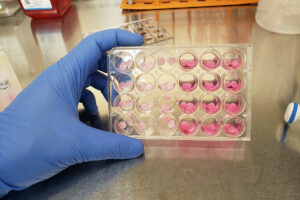
Researchers studied the effects of clodronate disodium on normal and inflamed equine cartilage in laboratory samples.
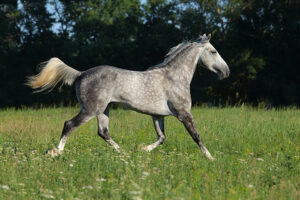
Researchers found an inverse relationship between length of paddock turnout and risk of soft tissue injuries in nonelite horses.

Study: To prevent exertional heat illness, handlers should reapply cool water to hot horses every minute without scraping it off.

Study: If 4-5% of horse-owning households adopted one animal, the current surplus of wild horses and burros could be eliminated.

Researchers investigated the degree to which boots and wraps impair convection cooling—potentially damaging tendon cells—during exercise.
Stay on top of the most recent Horse Health news with